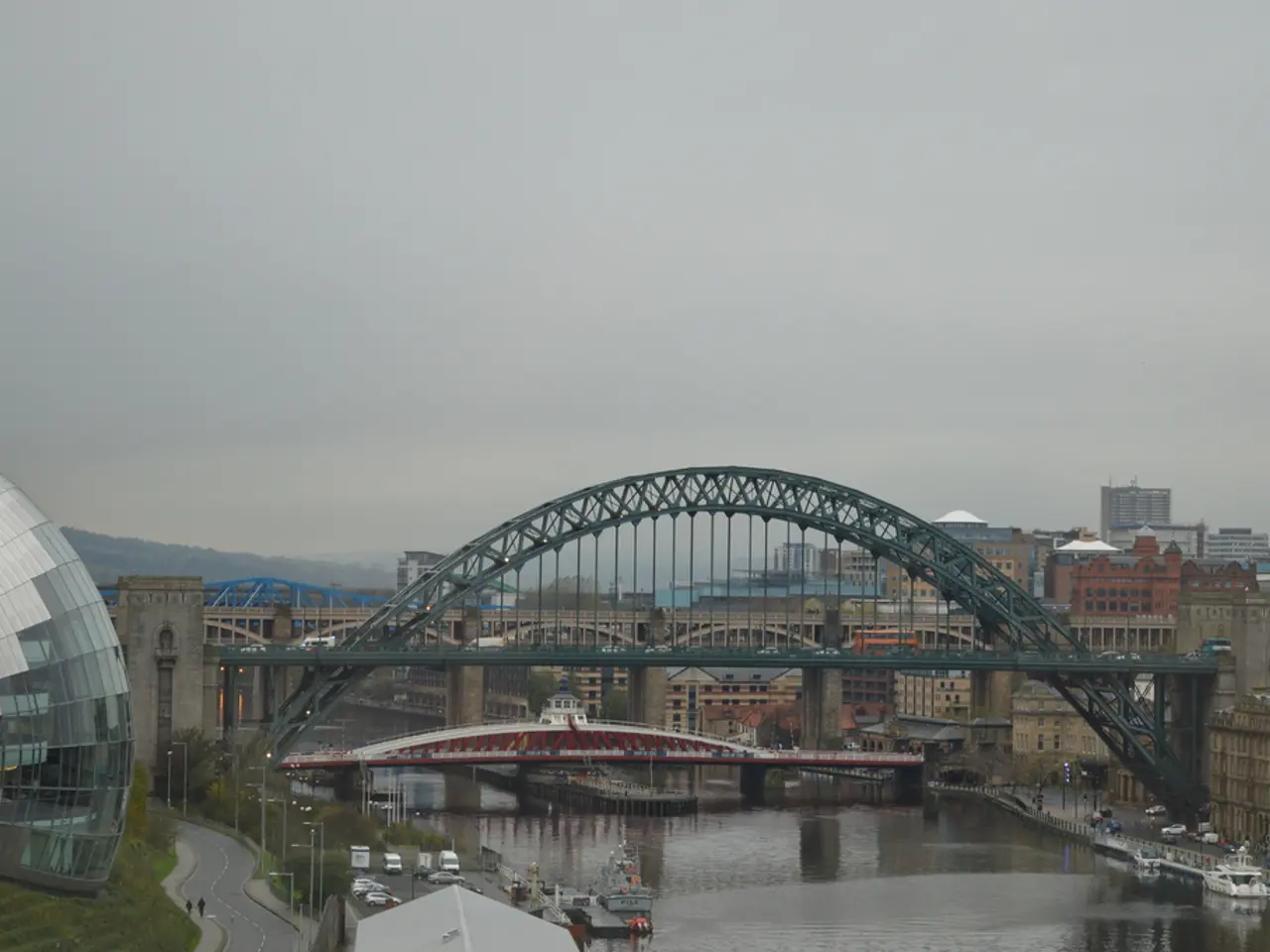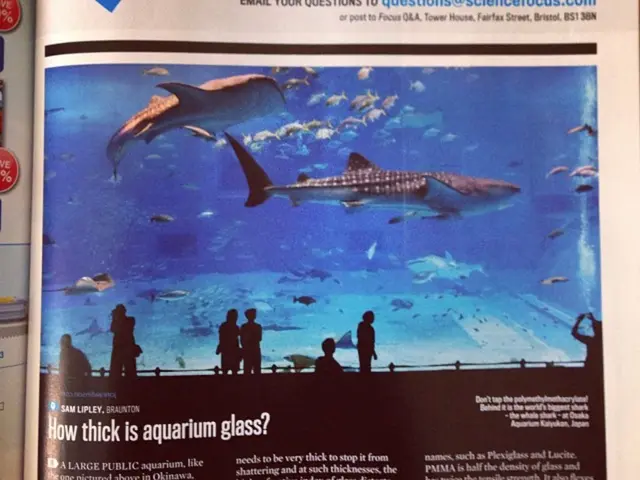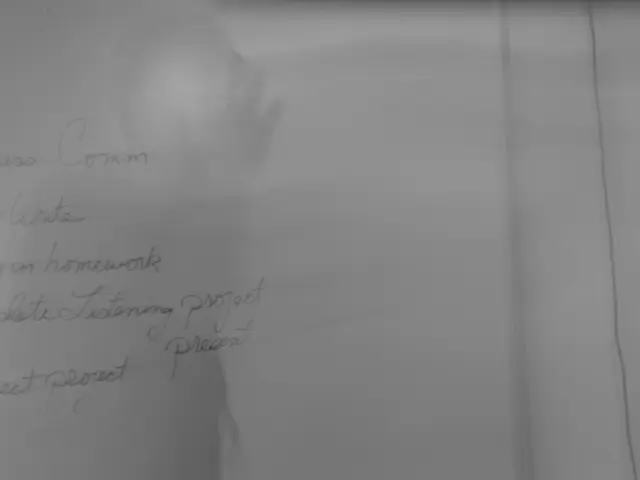Impact of microclimate manipulation in countering urban heat waves
In today's urban landscapes, the heat can often become extreme, leading to increased energy consumption for cooling and air quality issues. This is due to the urban heat island effect, where cities tend to be warmer than nearby rural areas. However, there are solutions to combat this issue and create cooler, healthier cities.
Microclimate engineering, a practice that combines sustainable design, green spaces, and smart technology, is proving to be an effective approach. Passive cooling strategies in microclimate engineering leverage natural elements like ventilation, shade, and thermal mass to minimize the need for mechanical cooling. For instance, urban park trees collectively can remove up to 711,000 tons of airborne toxins each year, improving the environment and public health.
Cities like Paris and Paderborn have already implemented successful measures to improve their urban microclimates. These innovations include large-scale de-paving to create cool climatic islands, expanding extensive networks of bike lanes, shifting public transport to electric and hybrid vehicles, and upgrading street lighting to warm-white, insect-friendly LEDs with motion sensors to reduce light pollution.
The urban heat island effect is influenced by the fraction of incoming solar radiation reflected, percentage of green space, and population density. Light-coloured or reflective surfaces can bounce sunlight away rather than absorbing it, helping to reduce heat in urban areas. This is why cities like Cincinnati, Chicago, and Houston are implementing strategies tailored to their unique urban heat warning patterns. In Cincinnati, the urban heat island effect is concentrated in its core, while Chicago's is diffused across intense heat zones, and Houston's is spread over a vast developed land area.
Active cooling methods, such as fans, pumps, and refrigeration, are sometimes necessary when passive strategies are insufficient. However, smart technology integration in urban cooling can help improve efficiency. Real-time sensors monitoring environmental factors such as temperature, humidity, and sunlight can adapt systems to improve cooling performance.
By implementing these strategies, we can not only combat the urban heat island effect but also improve air quality and create cooler, healthier cities. Microclimate engineering offers a sustainable, long-term solution to the challenges posed by urban development. As we continue to grow and urbanize, it's essential that we consider the impact on our environment and take action to ensure a healthier future for all.
Read also:
- Unfair Expenditure Distribution, Secret Tourists, Looming Rabies Threats: Latest News Roundup
- Hydrogen: Eco-friendly Alternative or Energy Imperialism Debate?
- Hydrogen: Environmentally Friendly Alternative or Energy Imperialism?
- Top-Picked Resistance Bands for Elderly: Comprehensive Guide on Their Usage








